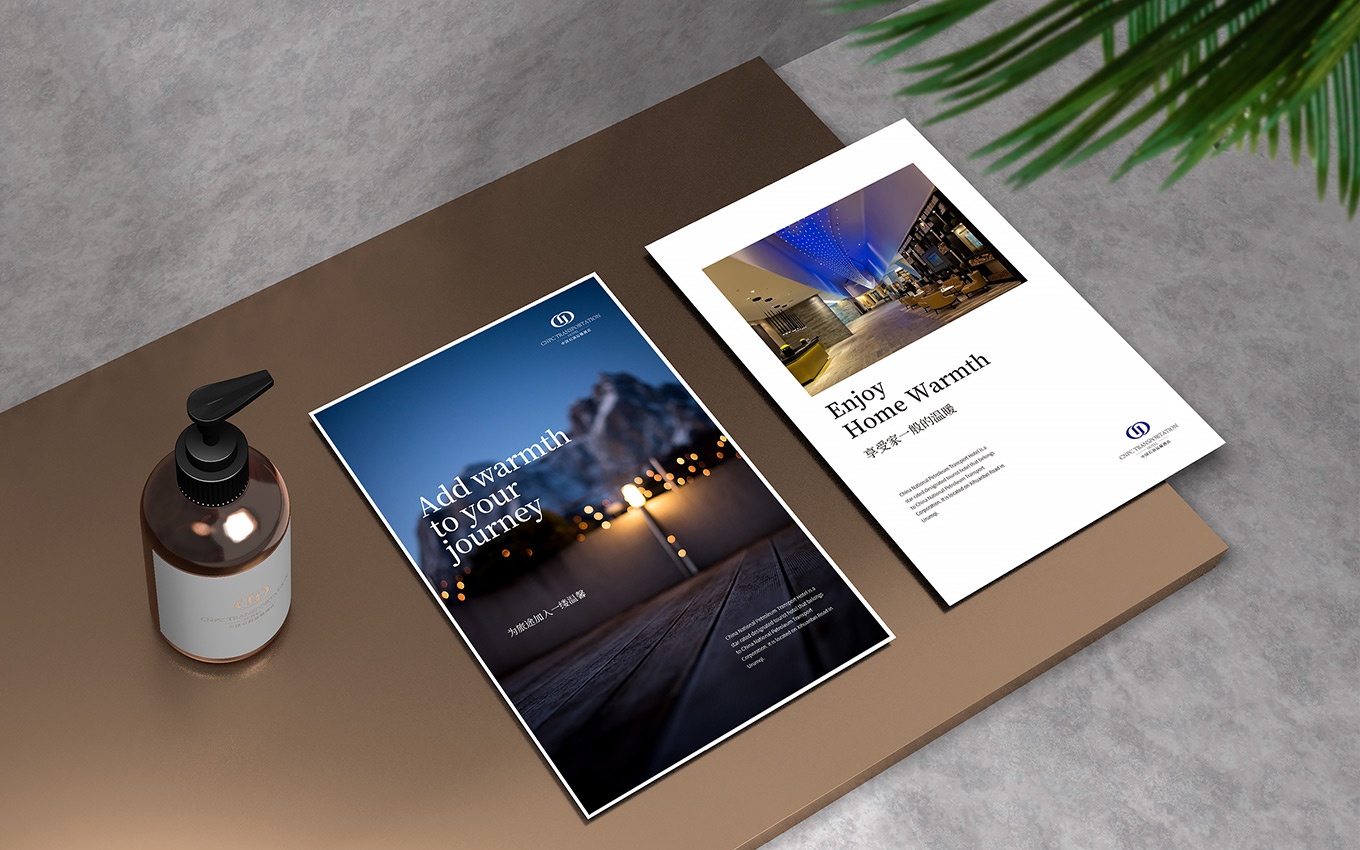本文是由福州vi設(shè)計(jì)公司轉(zhuǎn)發(fā)英國(guó)設(shè)計(jì)周新聞資訊,因福州vi設(shè)計(jì)公司小編不會(huì)英文,所以文章用翻譯軟件直譯:
 注:配圖為本公司作品
注:配圖為本公司作品
Update 27 July 2018: The Design Museum has confirmed it is now undertaking a review of its policies including commercial ventures, and is assessing which companies are able to hold events at the museum in future.
In a statement, the museum says: “Having listened to the concerns of the exhibitors, the Design Museum is undertaking a thorough review of its policies and is extending it to its commercial activities. We are committing not to have any private event hires from defence, fossil fuel and tobacco companies while we undertake our policy review.”
A group of designers and artists are asking for their work to be removed from the Design Museum after being “appalled” that it hosted an event by a global arms company.
Graphic designers Jonathan Barnbrook and Fraser Muggeridge are among those who want their pieces removed from the museum’s current Hope to Nope: Graphics and Politics 2008-2018 exhibition, a temporary show demonstrating how design has been used as a tool in protest and politics.
The London museum hosted a private event held by arms company Leonardo on 17 July. Leonardo is a global company headquartered in Rome, which specialises in aerospace, defence and security.
The group of artists, designers and activists have since written a letter to the museum, which states that they are “appalled” that the museum hosted the event, adding that it was “deeply hypocritical” to hold this while the museum’s protest design exhibition was running and that it crosses an “ethical red line”.
“It is deeply hypocritical for the museum to display and celebrate the work of radical, anti-corporate artists and activists, while quietly supporting and profiting from one of the most destructive and deadly industries in the world,” the letter reads. “Hope to Nope is making the museum appear progressive and cutting-edge, while its management and trustees are happy to take blood money from arms dealers.”
The letter continues: “By hosting an arms industry event, the Design Museum is presenting values that are strongly at odds with most of the art in Hope to Nope, which aspires to use the power of design to challenge powerful elites and promote peace and justice.”
The letter has since been posted publicly on the CAAT (Campaign Against Arms Trade) website, which also features a petition the public can sign against the museum “supporting the arms trade”.
The group of artists have justified their decision to post the letter publicly, saying the museum “has not adequately engaged with our concerns”, adding that “the ethics of our national museums is a significant issue of public interest” and that other artists and designers displaying work at the museum “have a right to know”. Speaking to Design Week, the Design Museum has clarified that it is not a national museum, as it is not maintained by Government or supported by Government funding.
The Design Museum allegedly responded privately to the artists’ outrage by saying that the private event “had no endorsement by the museum”, to which the signees responded in the letter: “Museums are not neutral spaces – every decision about what is displayed, how it is labelled and how it is funded is political, and reveals something about the underlying values of the institution.”
The group of artists has clarified that their criticism is aimed at “management and trustees” of the museum, not curators.
They have suggested the museum develop a publicly-open ethical funding policy in future, that refuses funds from “inappropriate partners” such as arms, tobacco and fossil fuel companies, and are asking for their work to be removed from the museum by 1 August.
The Design Museum has responded to the artists’ call for removal in a statement, which reads: “The museum [has received a letter] from some of the contributors to its Hope to Nope exhibition, which is closing on 12 August. We are in the process of responding to each contributor regarding the display of their work.
“The museum is saddened that they may wish to remove their work before the end of the exhibition. It will be a missed opportunity to share the important design stories behind these exhibits.
“As a charity, 98% of the museum’s running costs come from admissions, retail, fundraising and event hire, such as the one hosted that night. This was a private event of which there was no endorsement by the museum.
“The Design Museum is committed to achieving its charitable objective of advancing the education of the public in the study of all forms of design and architecture and is thus a place of debate that, by definition, welcomes a plurality of voices and commercial entities.
“However, we take the response to [this] event seriously and are reviewing our due diligence policy related to commercial and fundraising activities.”
The Design Museum has not confirmed at the time of publishing whether the artists’ work will be removed by 1 August, but says that it is “currently in discussions with artists, lenders and designers regarding the Hope to Nope exhibition” and it is “hopeful of a positive outcome”.
Over 30 artists and designers have requested for their work to be removed. Below, signees of the letter along with the co-curator of Hope to Nope speak to Design Week about the Design Museum’s recent actions. Read the letter in full here.
Shelley Hoffman, designer and craftsperson – Black Lives Matter quilt
“I am extremely disappointed in the Design Museum. Museums are supposed to be places to learn about and celebrate the best of humanity. It is repulsive to me that they allow arms dealers into their space, at any time, but especially when an exhibit like Hope to Nope is running.
I no longer own the piece I made for the show – the Black Lives Matter quilt – since it was made as a fundraising project, so I cannot pull it from display. I hope the Design Museum understands what a serious mistake this was, and if they don’t, their mission certainly doesn’t mesh with mine.”
Tim Fishlock, graphic designer – Slogans in Nice Typefaces Won’t Save the Human Races poster
“I think for the most part, this is all about context. It’s not appropriate to host an event by a weapons manufacturer in a room next door to the one where you’re running a show that is specifically about moral and political objections to war, weapons and corporate inhumanity.
While the Design Museum is not expected to endorse any views expressed in any of the exhibitions it curates, I believe it does have a duty to behave respectfully towards the artists and designers that work hard with the museum to create shows that pack in the punters and fill the tills.
The museum should understand that the artists and designers who either form or attach themselves to protest movements mean what they do.
Generally, there’s little or no money in it – all the work in the Hope to Nope exhibition has been donated for free. Without that work, there is no show and no show means no profit.
It should have been obvious that while an exhibition about political protest was running, care should have been taken not to humiliate the contributors by renting out space to a corporation that is the quintessence of the thing they are protesting against.”
Sarah Corbett, founder, Craftivist Collective – Mini Banner craftivism DIY kits, in museum shop
“I am shocked by this as the Design Museum provides such an important public service. Museums need to make ends meet, but surely this is not the right way to do it. I hope our stand encourages the museum to adopt an ethical funding policy as a matter of urgency. I have asked them to stop selling my craftivism DIY kits until such a policy is in place.”
Lucienne Roberts, graphic designer – exhibition graphics and co-curator of Hope to Nope
“In many respects, Hope to Nope represents the pinnacle of what I believe. As a design practitioner, writer, educator and co-curator I am known for being mindful of the ethical dimensions of what I do. I was part of the team that originated the show, co-curated and co-designed it so there is no denying that myself and my co-curator colleagues at GraphicDesign& are extremely distressed by the recent news.
The project was very much a labour of love, born out of the belief that graphic design has a role in influencing opinion and action and that with this, comes responsibility. We were grateful, and impressed, that the Design Museum was brave enough to support it and, like others, are of course shocked to find that the museum’s due diligence processes have been shown to be so ineffective.
The letter calls upon the museum to adopt an ethical policy regarding all aspects of funding from hereon, and we too have been urging the same. We are under the impression that the museum is in the process of ensuring that such an error of judgement cannot be made again, and we hope that they will issue a statement to this effect.
To my knowledge, there’s never been a major exhibition dedicated to political graphic design in London before. Its messages are vital, now more than ever. We have been reassured to learn today that the museum are talking to signatories and hope that an understanding is reached so that the show remains intact until its planned date of closure.”
On behalf of Lucienne Roberts, David Shaw and Rebecca Wright, co-curators of the exhibition.

業(yè)務(wù)咨詢 付小姐

業(yè)務(wù)咨詢 張小姐

總監(jiān)微信咨詢 付小姐